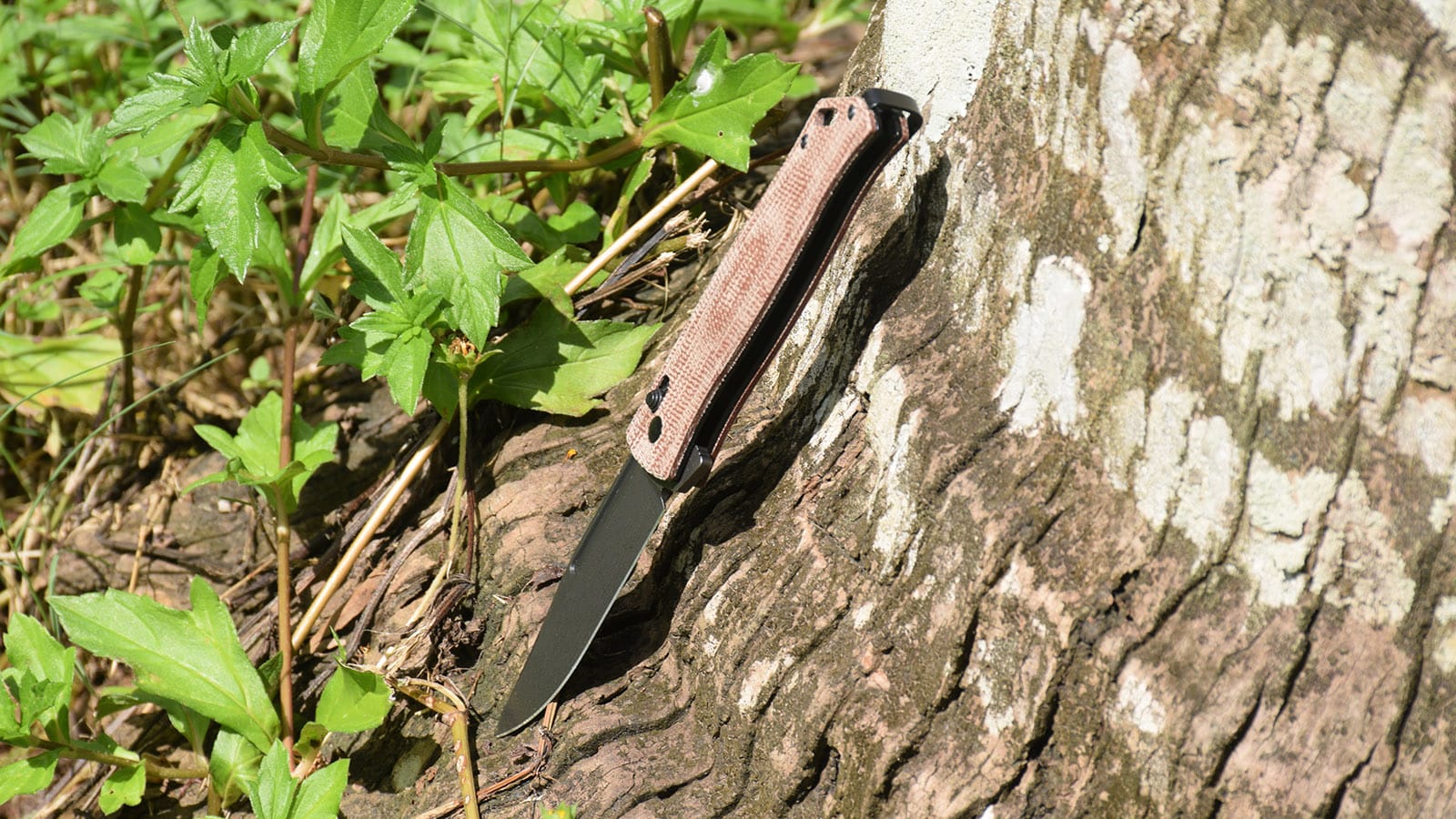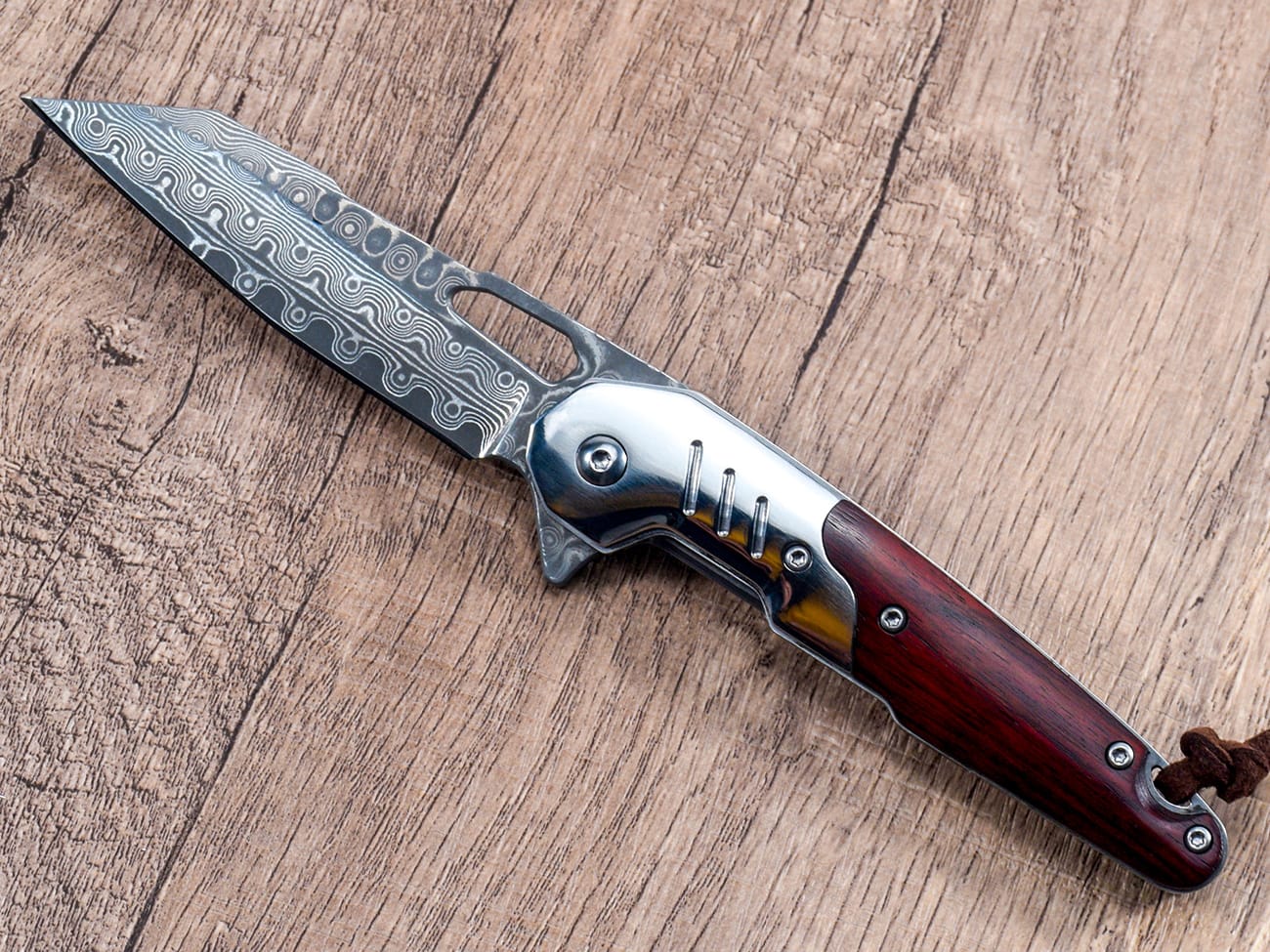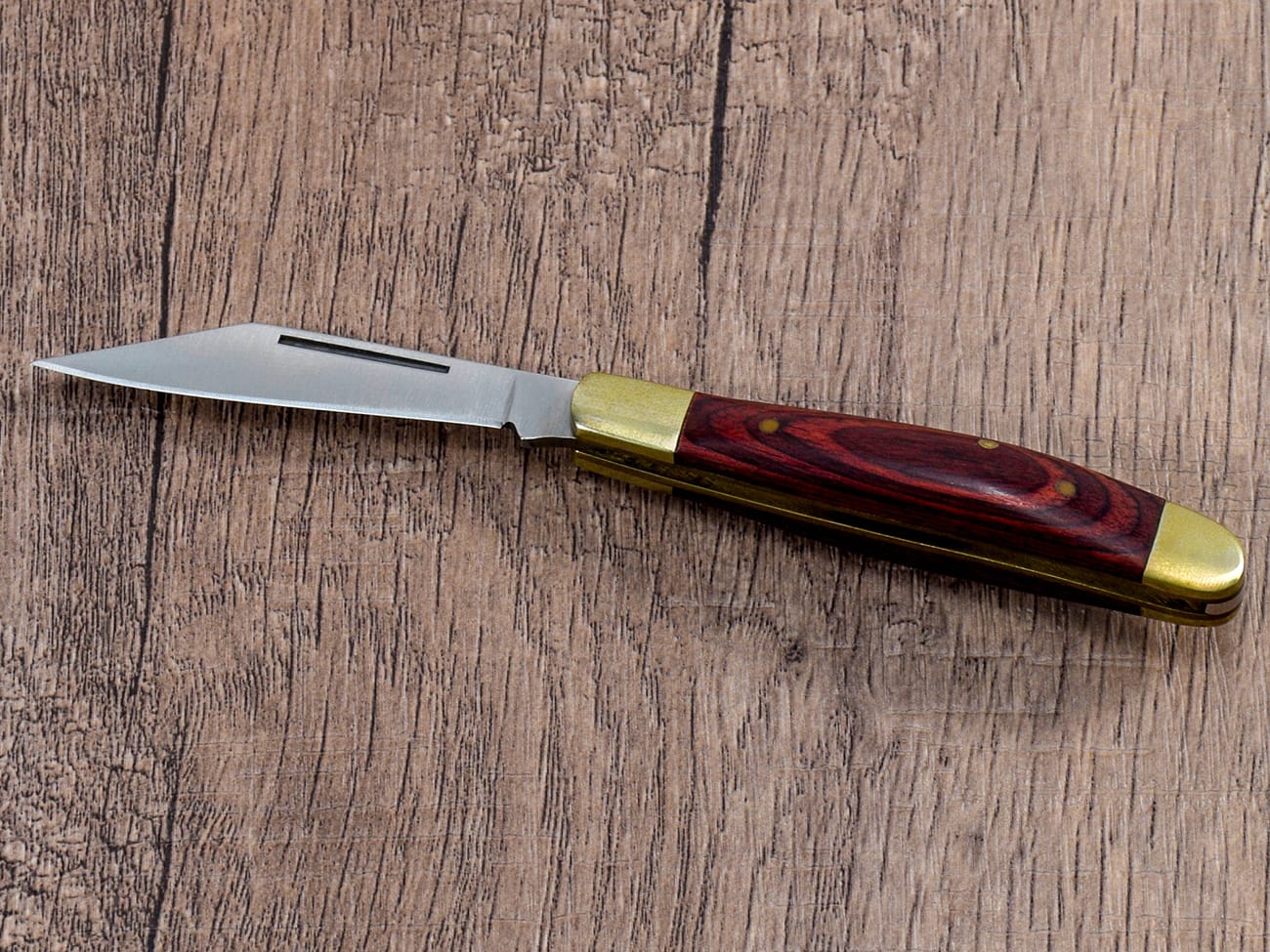Are you looking to add a thumb stud, lanyard hole, or decorative elements to your knife blade? Drilling holes in knife blades requires specific techniques and tools to achieve professional results without damaging the blade. This comprehensive guide will walk you through the entire process, from selecting the right tools to executing the perfect drill hole.
What Tools Do You Need to Drill a Knife Blade?
Before starting the drilling process, gather these essential tools:
- A quality drill press (recommended) or cordless drill
- Carbide drill bits or cobalt bits
- Cutting fluid or oil
- Clamps for securing the blade
- Safety equipment (eye protection, gloves)
- Center punch
- Marking tools
Why is Drilling Hardened Steel Different from Regular Steel?
Stainless steel blades require special consideration when drilling. Hardened steel is significantly more challenging to drill than regular steel because:
- The hardening process increases the material’s resistance to deformation
- Standard HSS bits often fail against hardened steel
- Higher temperatures are generated during drilling
- Greater precision and patience are required
How to Choose the Right Drill Bit?
Selecting the proper drill bit is crucial for success. Here are your main options:
- Solid carbide bits: Best for hardened steel
- Cobalt drill bits: Good alternative to carbide
- Carbide-tipped bits: More affordable but less durable
- HSS bits: Only suitable for annealed steel
Custom pocket knives often require different hole sizes, so having a variety of bit sizes is recommended.

Should You Anneal the Blade Before Drilling?
When working with a hardened knife blade, you have two options:
- Drill before heat treating (easier but requires precise planning)
- Anneal the spot you want to drill (more complex but allows flexibility)
To anneal the drilling spot:
- Heat the specific area until red hot
- Let it cool slowly
- Mark and drill the spot
- Re-harden if necessary
What Speed Should You Use When Drilling?
The right drilling speed is crucial for success:
- Set to the slowest speed on your drill press (usually 500-700 RPM)
- Use steady, consistent pressure
- Allow the drill bit to do the work
- Avoid excessive force that could break the bit
How to Prevent Drill Bit Breakage?
Breaking drill bits is common when drilling hardened steel. Prevention tips include:
- Using plenty of cutting fluid
- Taking breaks to let the bit cool
- Applying steady, moderate pressure
- Starting with a smaller pilot hole
- Keeping the bit perpendicular to the blade
What’s the Best Way to Mark and Start the Hole?
Proper marking ensures accuracy:
- Use a center punch to mark the spot you want to drill
- Create a small divot to guide the drill bit
- Start with a smaller pilot hole
- Gradually increase to the desired hole size
Fixed blade knives often require multiple holes for handle attachment.
How to Handle Different Types of Steel?
Different steel types require different approaches:
- Carbon steel: Relatively straightforward to drill
- Damascus steel: Requires extra care due to layered structure
- Hard stainless: Most challenging, needs carbide bits
- Tool steel: Responds well to annealing
What Safety Precautions Should You Take?
Safety should always be your priority:
- Wear eye protection
- Use protective gloves
- Secure the blade properly
- Maintain good ventilation
- Keep cutting fluid nearby
- Work at a comfortable pace
Troubleshooting Common Problems
Common issues and solutions:
- Drill bit sliding: Use a center punch
- Excessive heat: More cutting fluid, slower speed
- Uneven holes: Use a drill press for stability
- Broken bits: Reduce pressure, use proper speed
- Chatter: Improve blade support and clamping
Key Points to Remember:
- Always use sharp, high-quality carbide drill bits
- Keep the work area clean and organized
- Take your time and avoid rushing
- Use plenty of cutting fluid
- Let the tool do the work
- Start with pilot holes
- Maintain proper speed and pressure
- Consider annealing before drilling
- Secure the blade properly
- Wear appropriate safety gear
Custom EDC knives with precisely drilled holes demonstrate superior craftsmanship and attention to detail. Remember that practice makes perfect, and don’t get discouraged if your first attempts aren’t perfect. With proper tools, technique, and patience, you can successfully drill holes in knife blades for various purposes.




